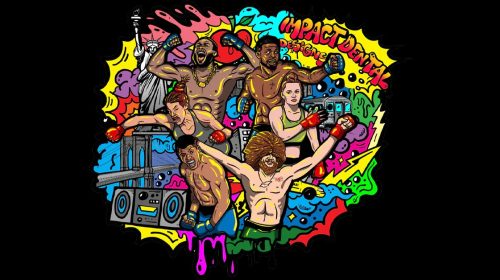
Which language is used for iOS app development?
Want to create revolutionary apps but don’t know which language? We have prepared an article so that you can decide. The fact is that iOS app development implies the use of two programming languages. We will tell you about them in more detail.
Application building options
IOS app development can be cross-platform or native. The first method allows you to use code in Java, C ++, Python, and other languages. The engineers just compile the app for iOS and it will work. The second option is to write in Objective-C or Swift. These languages are best suited for building applications for Apple operating systems.
IOS native development
The creators of the brand claim that the best app design is possible only if you work on a native platform using proprietary technologies. Native apps work great without any crutches, because they use languages that are suitable for a particular platform. In the case of iOS, these are Objective-C and Swift.
Objective-C
In 1980, Brad Cox created Objective-C at his Stepstone company, which later became the primary development language for Apple devices. Objective-C is a compiled object-oriented programming language (OOP) based on C. Objects solve the problem of code repeatability. But this is not done as clumsy as in structured programming, in which the increase in the size and complexity of the program reduces the quality.
The main difference between Objective-C and C ++ (it also supports OOP and was also developed in the eighties) is that a method call is interpreted in it not as a function, but as a message, as in the Smalltalk language. Such messages can contain anything, and you can send them wherever you want.
Also, an object can send a part of the received message to another object (even if it is not on this computer), which allows delegating tasks – neural networks work on the same principle.
Objective-C is a compiled language. However, messages are bound to functions only at runtime, which allows you to create dynamic applications. The language also supports protocols and meta information. The syntax here is significantly different from the syntax of C-like languages. All applications in the AppStore that have not yet switched to Swift or are not cross-platform solutions are developed in Objective-C.
Swift
Chris Lattner, the main author of LLVM, inspired by Objective-C, Rust, Ruby, C #, Haskell and other languages, started developing Swift in 2010, and released the first version in 2014.
Swift was originally designed for Apple operating systems, so it is more productive and more functional than Objective-C, for which a plug-in runtime library was used. In 2015, version 2.0 was released, which was even faster, received an API for working with errors and checking the availability of functions for the target OS. In 2018, version 4.2 appeared, then version 5.0 was released with stable operation of the Swift Dynamic Library. The last release was 5.1. The syntax has changed, and now programs are more similar to the code of C-like languages, with the only difference that the “;” symbol is not placed after the operations.
What programming language to learn to create iOS apps?
Which language is the best to choose depends on what you are going to do. For example, if you want to support a ready-made application, and it is written in Objective-C, then it is logical not to redo the product, but to support what is. Provided the product meets business and market requirements. Swift is the best choice for writing a new application, it will give you more perspectives. According to Apple’s website, Swift apps run up to 8.4x faster than Python 2.7 and up to 2.6x faster than Objective-C.
An important criterion is the support and constant updating of the language. Swift also has the following useful options:
- Parallel data processing (async / await);
- Support for regular expressions;
- Stable work of ABI with standard and dynamic libraries.


























